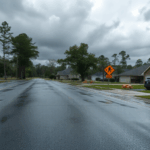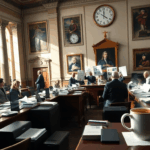Table of Contents
To design a newsletter that looks good and generates excellent results, you don’t need to be technically savvy. In fact, with the use of a convenient email marketing software, it is possible to place every detail in the right place just by dragging and dropping. Let’s see what those 4 must-haves are.
Newsletters should be at the heart of every online business’ marketing strategy. If a business doesn’t, it’s probably too late. This is a highly efficient method to keep in touch with potential customers and to achieve constant sales for a long time, and even have important peaks during the year.
Now, to put it all to work, it is essential to have an email marketing software that is easy to use and offers excellent options. Such is the case of Mailrelay. This platform is not only one of the most robust in the world to meet this goal, it also offers a free plan that far exceeds other similar offers.
In the first instance, with free registration, it allows you to send up to 80,000 emails each month and its maximum subscriber limit is 20,000, which represents a very high level of action for any brand that is taking its first steps or even already has some time advancing.
In addition, its user interface is very simple and anyone can manipulate the options with little effort. You don’t need to be an expert in this area to set up the newsletter, as they have a set of resources available that provide the necessary help to meet the objectives.
Include the logo
The logo is the first element because it is the visual image of the brand. As soon as the newsletter is opened, the subscriber will be sure who is speaking to them and what to expect next. It is placed at the top, without taking up too much space, to avoid stealing too much attention.
It is important to note that there is email marketing software that includes their own logo on each email that is sent while using their free plan, which can detract from the value (in the eyes of the subscriber) in front of the brand’s own information. The good news is that with Mailrelay this will not happen.
A featured image
The featured image is the second element that is usually included in this format. It seeks to draw attention and introduce the subscriber to what the mailing is about. Its quality and purpose must be clearly defined to achieve the expected impact.
Depending on the type of newsletter and the business sending it, the featured image could be:
- A product. This is useful in case of shops, as they give an exact visual image of what is being promoted.
- Video. In some cases, the image is not enough to give the message strength, and it is usual to replace it with a video. However, this should be treated very delicately because it is not common to include videos in the body of an email.
- Advertising banners. They are useful to present attractively special moments that potential customers can take advantage of. For example, discounts or promotions.
- Photos. They are used in newsletters that are oriented to present news. An example of this is Friki Trip.
- A powerful message. There are brands that take advantage of the featured image to place a short text that has a lot of strength and creates a certain impact.
The written message
This is, for some people, the most complex part of the whole emailing job. The reason is that they are blocked by the idea of saying something to their potential customers that has no effect on them. So, a good strategy is to look at newsletter examples and take inspiration from them to build your own message.
Some tricks to make this part of the mailing less of a problem are these:
- Know the ideal customer in detail, know what they want, what their problems are and how the product or service you are promoting will benefit them.
- Construct a clear and simple message, without complicated words or a lot of length. Messages that get straight to the point work best.
- Define a specific objective for each mailing to ensure that you have a simple map to work with for each element.
- Use consistent language throughout the message. This means, avoid talking about you and then you, varying between 1st and 3rd person, etc.
- State what is to be gained by going ahead with the purchase. Present this information attractively so that the subscriber is interested in what comes next and is encouraged to continue with the process.
Some very good examples that can be used for this purpose are the Carolina Herrera newsletter, the Lumen5 newsletter, Amazon Music and GatesNotes.
Call to action
The final point and where the deal is sealed is the call to action. This is where it becomes clear whether all the work done beforehand had a good effect or not. The call to action invites the subscriber to click to be redirected to the website and make a purchase (in most cases).
It is important that the call to action is well differentiated from the rest of the text, that it is contrasting. It is a good idea to implement a button, in some cases, or to include an underlined link in blue, which is how these types of calls are commonly recognized.
The information placed there should be very clear and summarize what the subscriber will get if he/she clicks on it. In addition, the landing page must be in perfect order with this data to avoid confusion and the subscriber not completing the purchase process.
Of course, this does not mean that this is the only valid structure. There are many newsletters that do not follow this pattern and are still very successful because they have achieved a differentiating element. Such is the case of Spanish copywriter Isra Bravo, who sends each of his emails with simple text, without any images.





